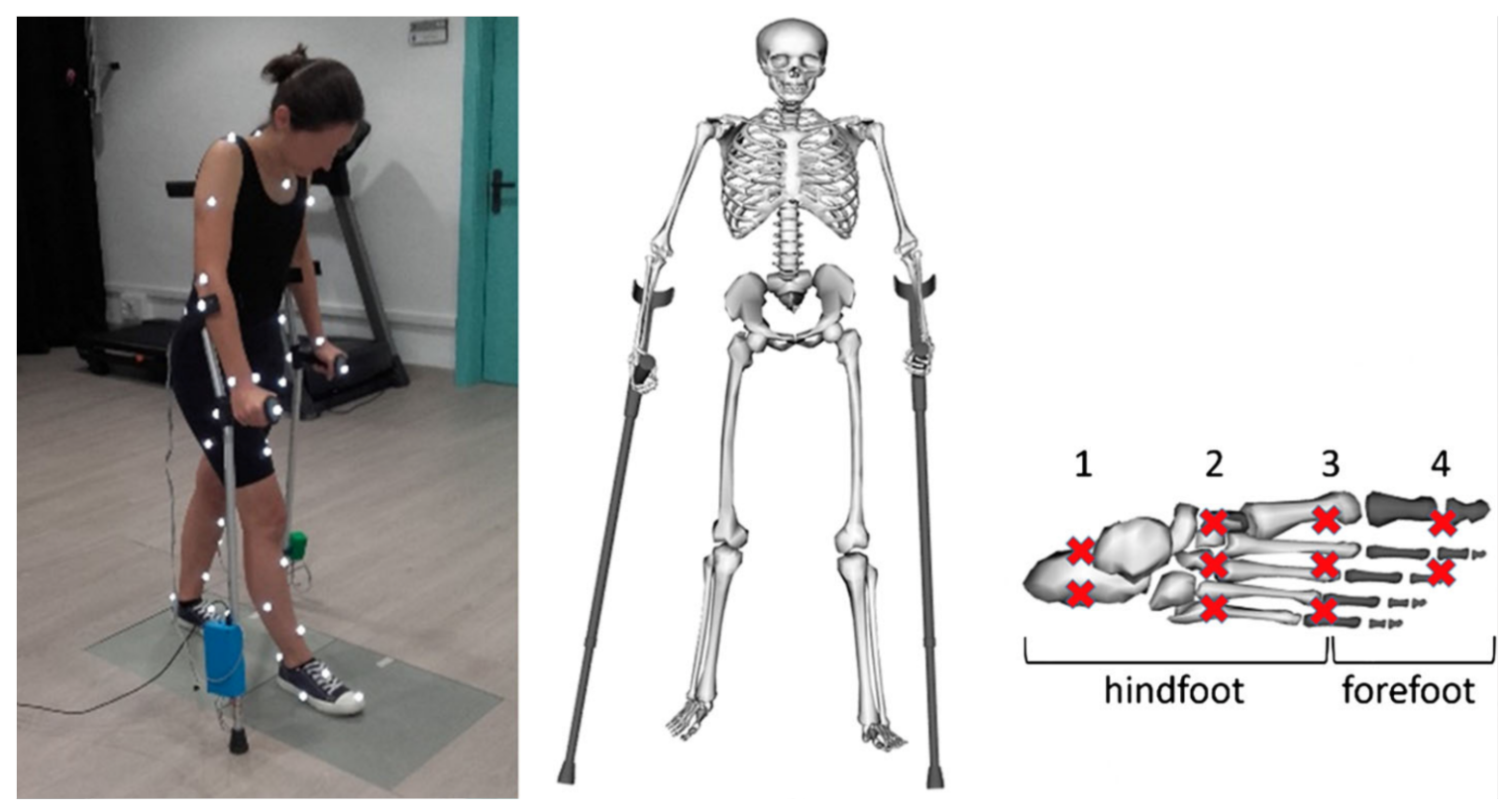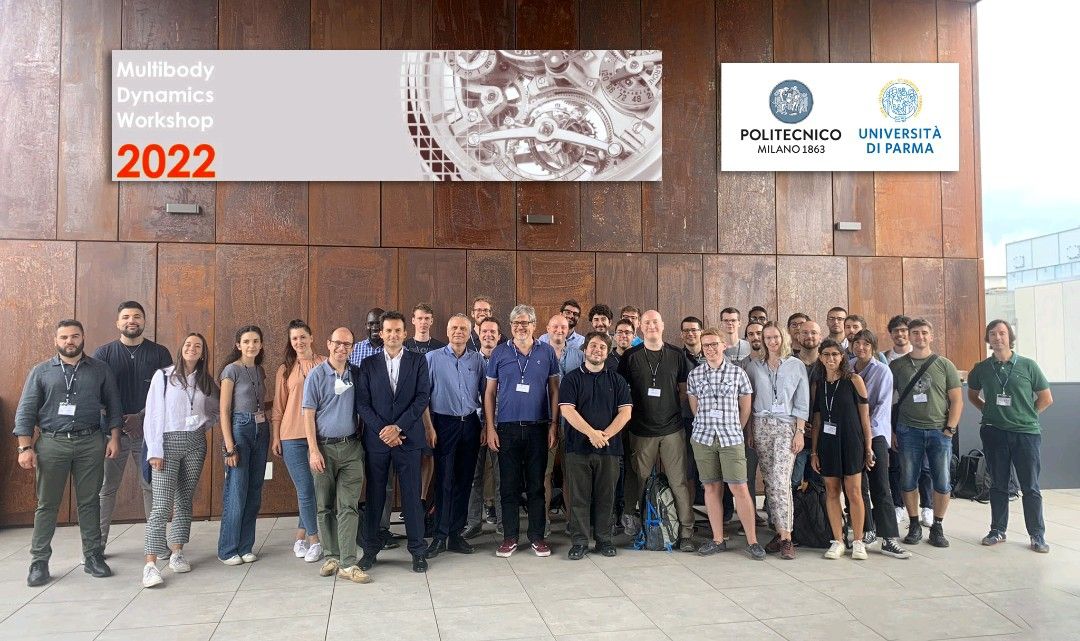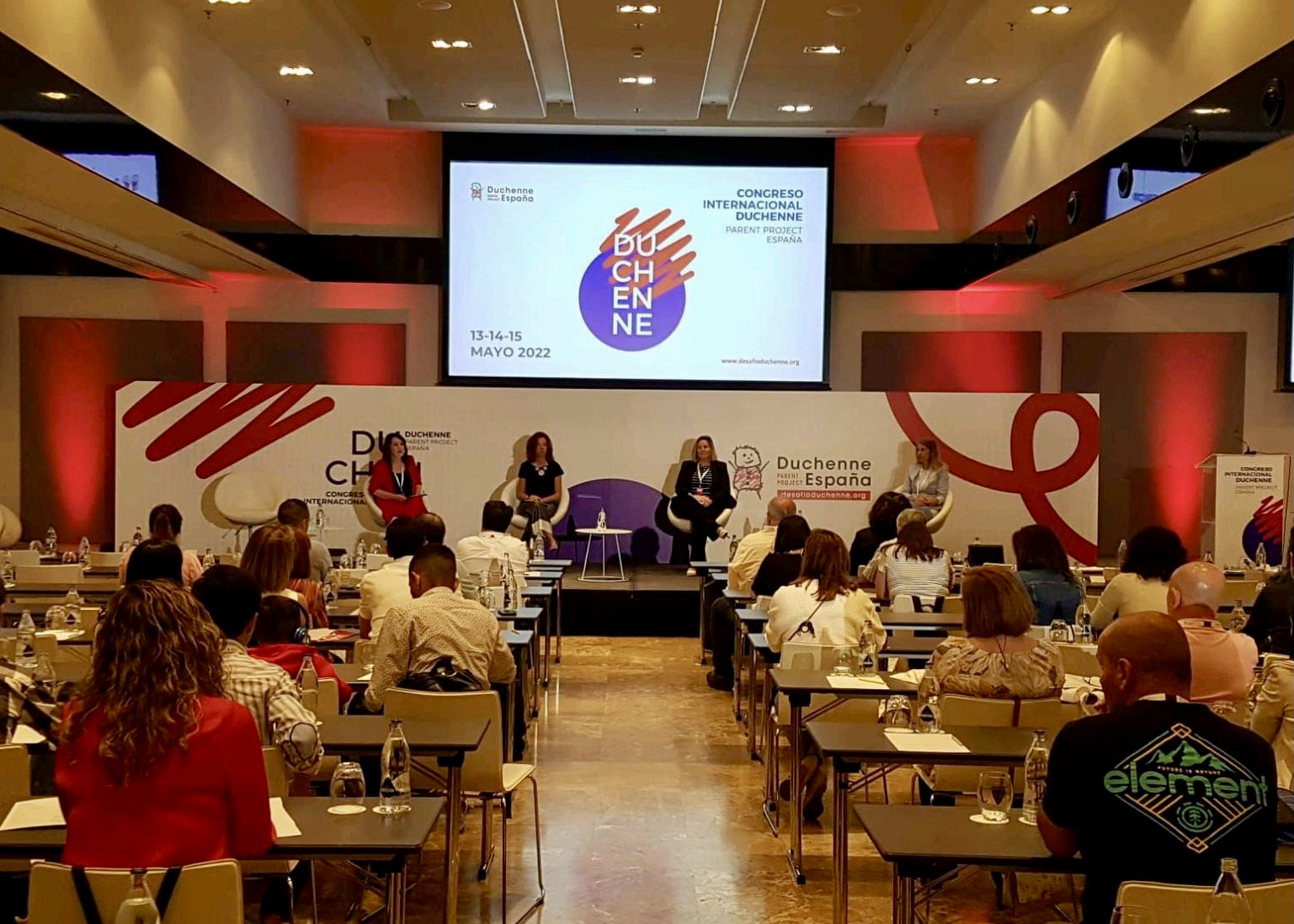Míriam Febrer, Roger Pallarès and Josep Maria Font, from the BIOMEC Lab, have published the paper “Prediction of three-dimensional crutch walking patterns using a torque-driven model” in the journal Multibody System Dynamics. This research has been carried out in collaboration with B.J. Fregly from the Rice Computational Biomechanics Lab (USA), within the framework of the HYBOR project and a Leonardo Grant for Researchers and Cultural Creators.
The article is available using the following link: https://rdcu.be/b5jeY
Abstract
Computational prediction of 3D crutch-assisted walking patterns is a challenging problem that could be applied to study different biomechanical aspects of crutch walking in virtual subjects, to assist physiotherapists to choose the optimal crutch walking pattern for a specific subject, and to help in the design and control of exoskeletons, when crutches are needed for balance. The aim of this work is to generate a method to predict three-dimensional crutch-assisted walking motions following different patterns without tracking any experimental data. To reach this goal, we collected gait data from a healthy subject performing a four-point non-alternating crutch walking pattern, and developed a 3D torque-driven full-body model of the subject including the crutches and foot- and crutch-ground contact models. First, we developed a predictive (i.e., no tracking of experimental data) optimal control problem formulation to predict crutch walking cycles following the same pattern as the experimental data collected, using different cost functions. To reduce errors with respect to reference data, a cost function combining minimization terms of angular momentum, mechanical power, joint jerk and torque change was chosen. Then, the problem formulation was adapted to handle different foot- and crutch-ground conditions to make it capable of predicting three new crutch walking patterns, one of them at different speeds. A key aspect of our algorithm is that having ground reactions as additional controls allows one to define phases inside the cycle without the need of formulating a multiple-phase problem, thus facilitating the definition of different crutch walking patterns.










Leave A Comment